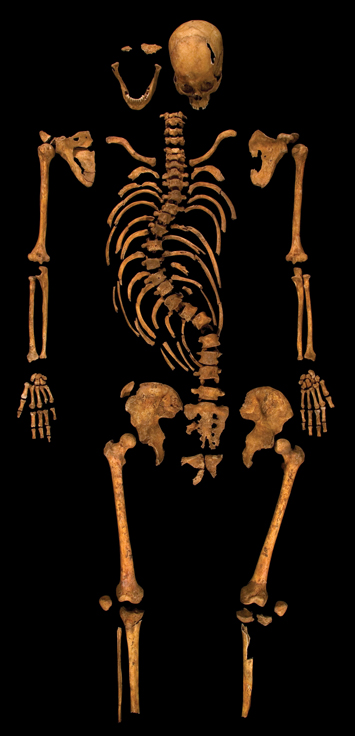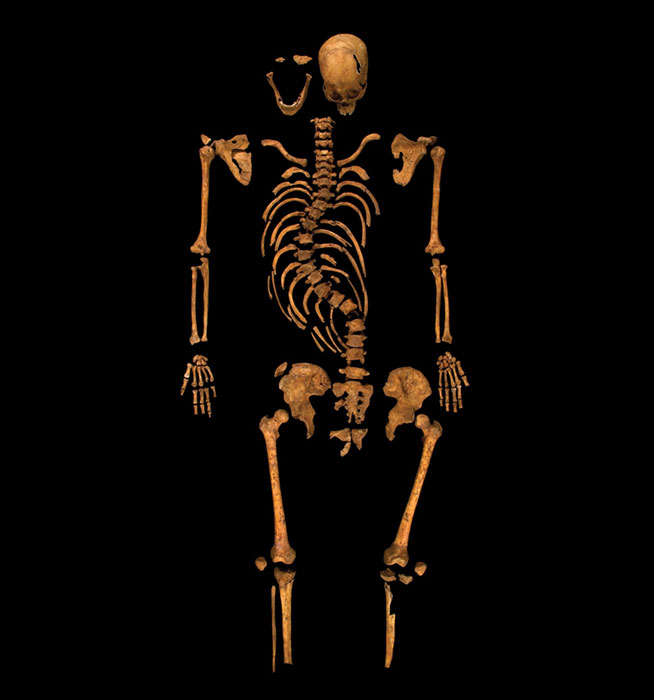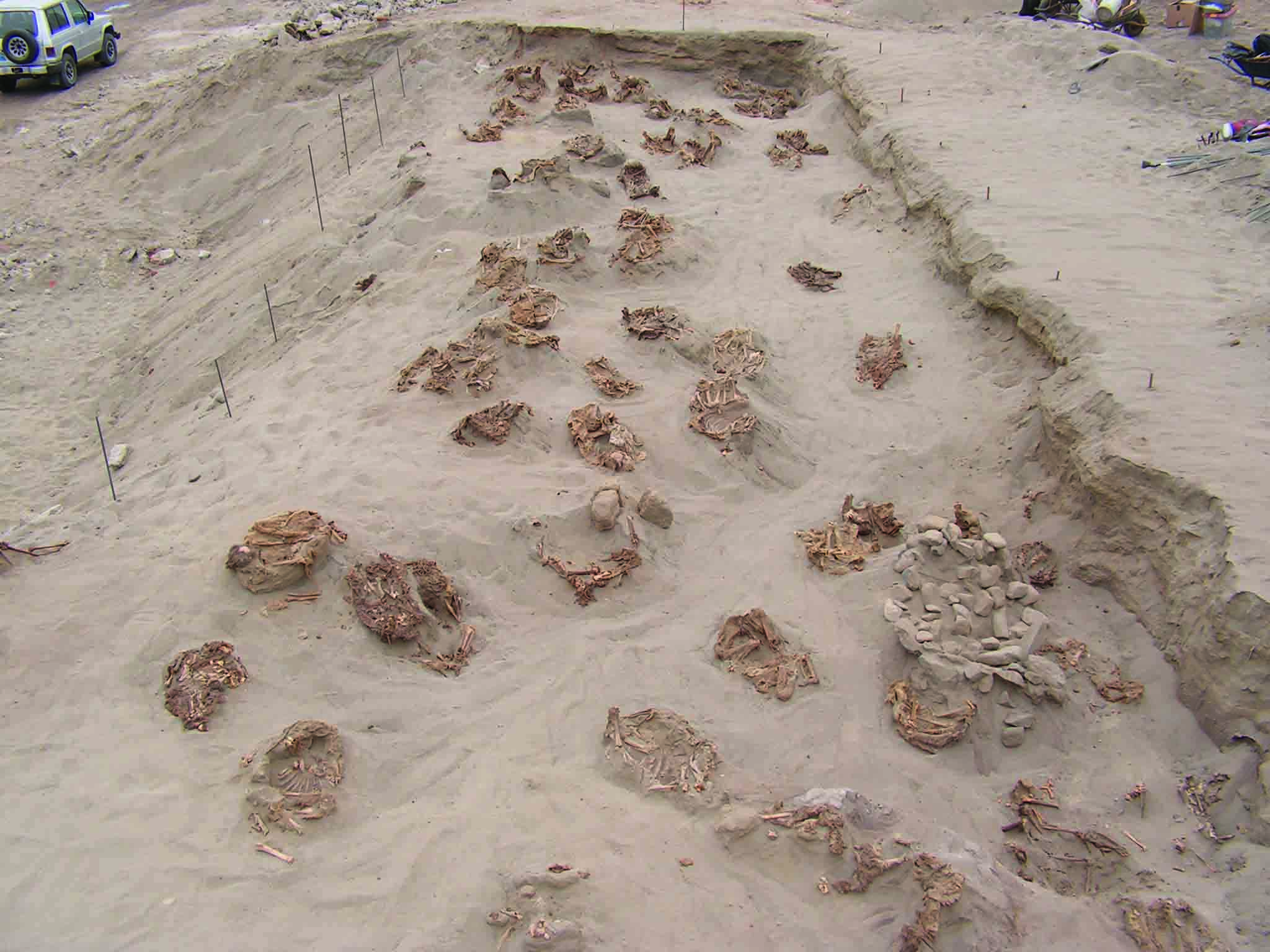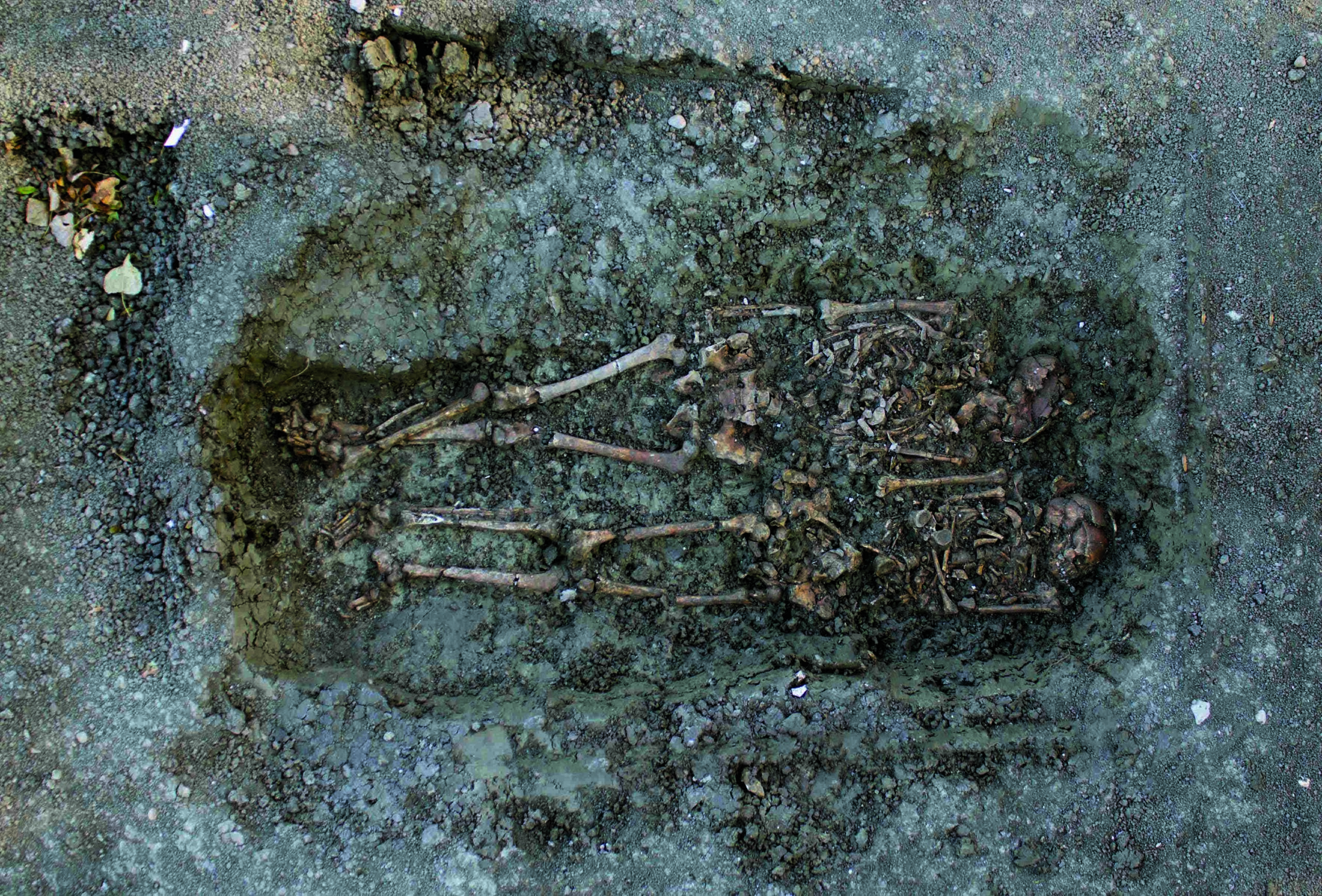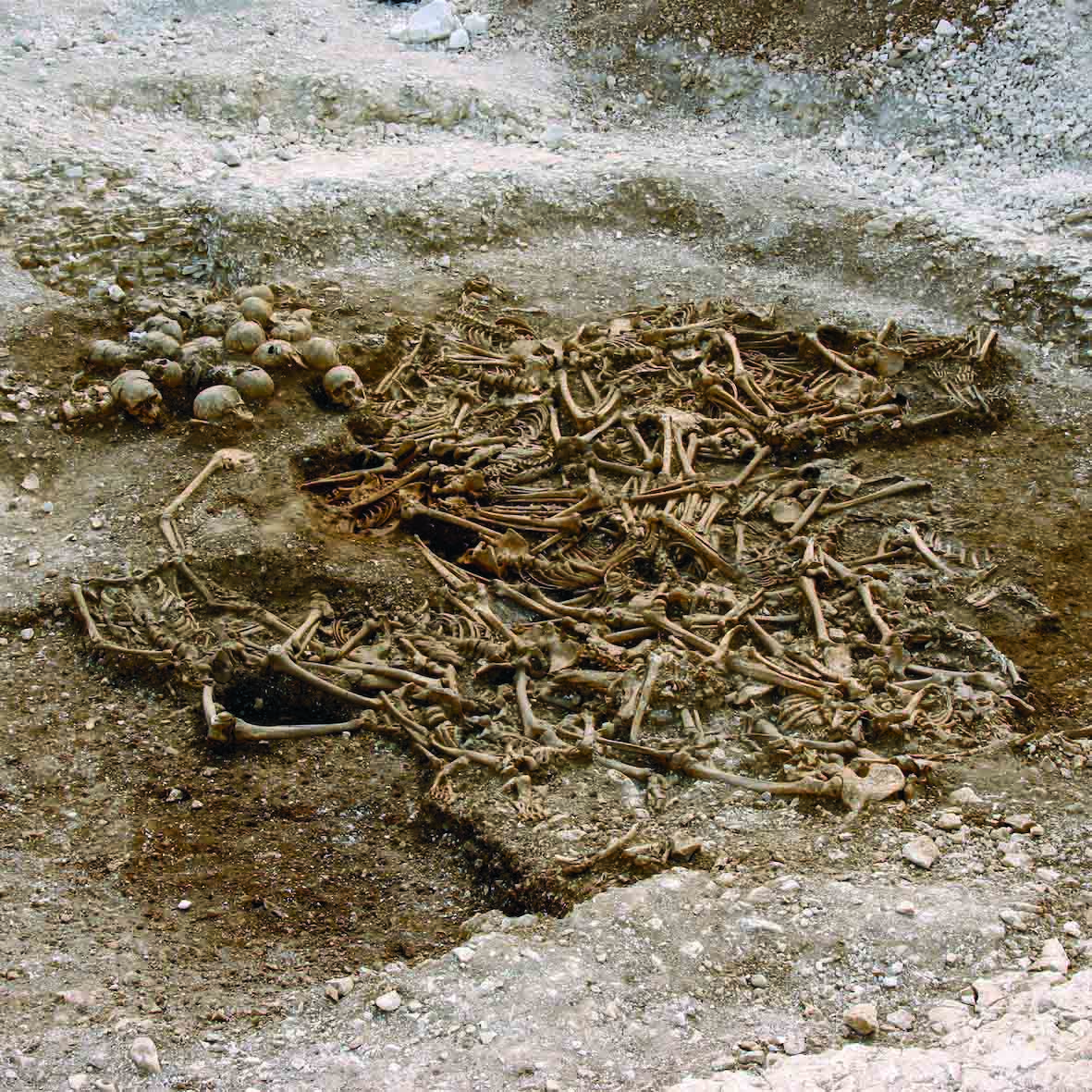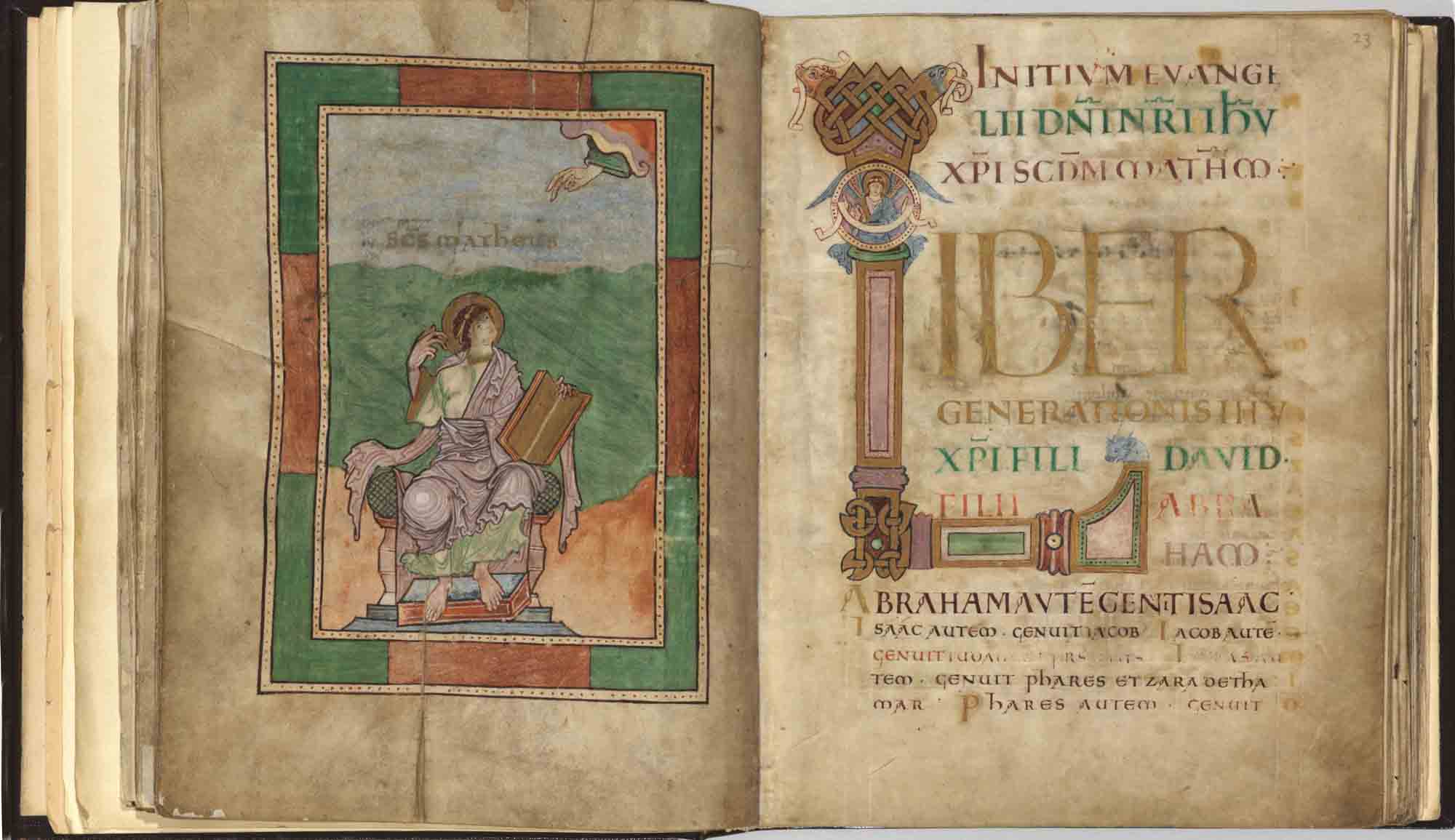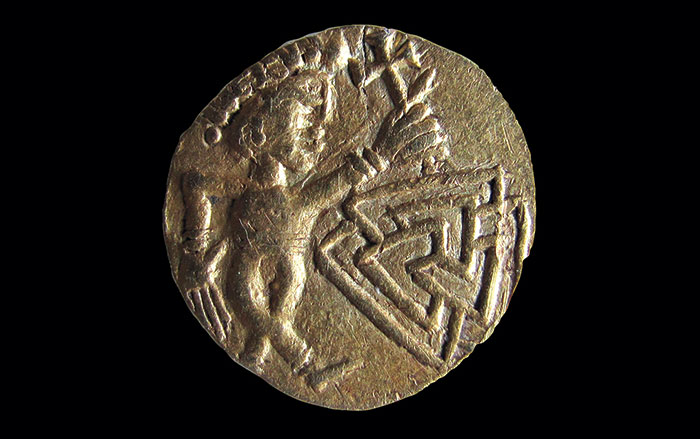
After Richard III—England’s most vilified monarch—was killed in the Battle of Bosworth in 1485, he was hastily buried in Leicester’s Greyfriars church. When the church was demolished 50 years later by Henry VIII, the grave of the last Plantagenet king was lost. Almost 500 years later, it was identified a few feet beneath a parking lot. “The odds were heavily stacked against us,” says Richard Buckley of the University of Leicester Archaeological Services. “What were the chances of the grave surviving for so many years in the middle of a great industrial city?”
Yet, radiocarbon dating and osteological analysis confirmed the bones as Richard’s. The skeleton displayed serious wounds, including blows to the head, consistent with reports of Richard’s battlefield injuries. His severely curved spine, caused by adolescent scoliosis, may have led to exaggerated portrayals of Richard’s physical deformities by his enemies. Subsequent DNA testing even identified at least one living relative, a descendant of his sister Anne.


